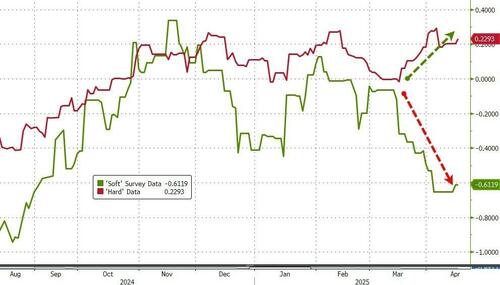Jerome Powell’s Upcoming Speech: What Investors Need to Know
Tháng 4 16, 2025Building Permits: Key Indicators in the Housing Market Trends
Tháng 4 16, 2025Jerome Powell’s Economic Insights: A Look Ahead
On April 16, 2025, Federal Reserve Chair Jerome Powell captivated an audience at the Economic Club of Chicago with his insightful address regarding the current state of the U.S. economy. His remarks came at a pivotal moment, drawing attention to critical subjects such as inflation, employment trends, trade policies, and the trajectory of interest rate adjustments.
Understanding the Current Economic Outlook
Powell’s analysis sheds light on a more optimistic economic outlook as inflation rates take a noticeable dip. Recent data from the Consumer Price Index (CPI) revealed a comforting decline in price pressures, signaling a potential easing for American consumers. This positive trend suggests that inflation, which has been a concern in recent years, is showing signs of stabilization. In the context of inflation, Powell’s discussions resonated not just with policymakers but also with everyday citizens who are keen on understanding how these economic indicators affect their daily lives.
While many were anticipating significant changes in monetary policy, Powell reaffirmed that the Federal Reserve remains cautious regarding interest rate cuts in the immediate future. The overarching sentiment among Fed officials is that the current climate does not justify a shift in policy just yet. Despite some calls to lower interest rates to stimulate growth, Powell emphasized the need to make well-informed decisions, particularly considering the lingering risk of inflation re-emerging. Reflecting on this nuanced stance, the Federal Reserve’s March projections hinted at possible rate cuts later in 2025, showing that flexibility is a priority, although no immediate actions are being planned.
The Interplay of Trade Policies and Economic Stability
Beyond inflation and interest rates, Powell’s address also touched upon the pressing issue of trade policies and their consequential impact on the economy. In recent times, heightened tariffs from the previous administration have raised eyebrows among economists and market analysts alike. Many believe that if the trade conflict continues, the potential for a U.S. recession could increase, ultimately leading the Federal Reserve to reconsider its stance on interest rates in the future.
As the Fed navigates through these complexities, it is clear that Powell’s commentary served not just as economic analysis but also as guidance for market sentiment. Investors are skittish, grappling with mixed signals from economic indicators and geopolitical uncertainties. The importance of market confidence cannot be overstated; Powell’s remarks are vital in assuaging fears as stakeholders look for more clarity regarding the Fed’s monetary policy direction.
Conclusion
In conclusion, Jerome Powell’s recent presentation at the Economic Club of Chicago was not merely a report on the economic state, but rather a detailed perspective that encapsulated the delicate balance the Federal Reserve must maintain in the face of varied economic pressures. From the hopeful decline in inflation to the uncertainties brought about by trade policies, Powell’s insights are critical for both the financial community and everyday Americans. His commitment to transparency and thoughtful guidance could very well play a pivotal role in shaping economic strategies as we move further into 2025.

